Heptavac P Plus, POM-VPS (Fridge)
Product Description
Description
No prescription required if intended for use in sheep.
Heptavac P Plus – Essential Vaccine for Sheep
Overview
Heptavac P Plus is a trusted and highly effective vaccine, designed to protect your sheep and cattle from seven dangerous diseases. Whether you're looking to protect your sheep from Tetanus, Blackleg, Pulpy Kidney, or safeguard your sheep from various clostridial and pasteurella infections, Heptavac P Plus is the go-to solution for ensuring the long-term health of your livestock.
Why Choose Heptavac P Plus?
Heptavac P Plus is a powerful dual-action vaccine that helps prevent a range of diseases caused by clostridia bacteria and pasteurella infections, both of which can significantly impact the health of your herd. Administering this vaccine regularly ensures your livestock are protected, reducing the risk of outbreaks that can affect productivity and profit.
Key benefits of Heptavac P Plus include:
- Dual Protection: Combats both clostridial and pasteurella diseases, offering comprehensive protection against key health risks for sheep and cattle.
- Seven-in-One Vaccine: Effectively safeguards livestock against seven major diseases, including Tetanus, Blackleg, and Pulpy Kidney.
- POM-VPS Category: Veterinary Surgeons or Animal Health Professionals must be consulted before use.
- Easy to Administer: Ideal for farmers looking for a simple, reliable vaccination to protect their livestock.
Usage Instructions
Administer Heptavac P Plus as a single dose to sheep under the supervision of a veterinary professional. Store the vaccine in a fridge between 2°C and 8°C to maintain its effectiveness. The vaccine should be injected under the skin (subcutaneously) to ensure proper absorption.
Additional Information
For farmers looking to maintain a healthy and productive herd, Heptavac P Plus offers a trusted solution that ensures your livestock receive the necessary protection against some of the most common and dangerous diseases in the industry. By choosing this vaccine, you're investing in the health and longevity of your sheep and cattle, which can lead to better growth rates, improved overall productivity, and lower veterinary costs in the long term.
For more information about Heptavac P Plus and how it can help maintain the health of your herd, consult your veterinary supplier today. Always follow your vet's advice for best vaccination practices.

"Thank you for your kind review - Happy to have been able to help. We would recommend taking the Next Day Special delivery for quickest delivery. "
"Thank you for the review. Glad to be able to help"

"Thank you for your review - Glad you were happy with our service "

"Thank you for your review - Glad you were happy with our service "

"Thank you for your review - Glad to hear you are happy with our service "

"Thank you for your Review - Glad you were happy with our service"

"Thank you for your review"

"I am so sorry that the package was delayed. Unfortunately we have no more of the product available. "

"Thank you for your custom and your review."

"Thank you for your review and your custom. We are delighted that you were happy with your service. "
Loyalty Scheme
Earn up to 396 loyalty points with this product.




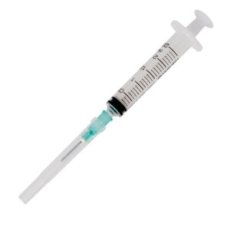
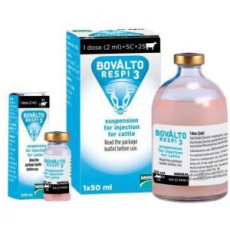
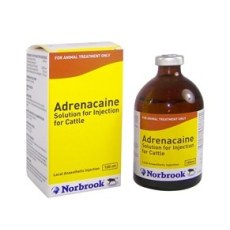
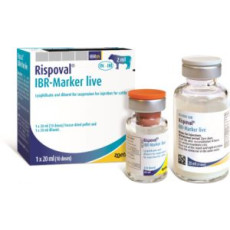
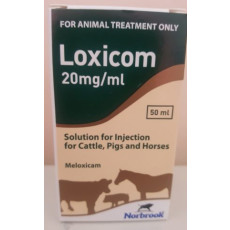


Share
Heptavac P Plus, POM-VPS (Fridge)
Facebook Twitter Email Pinterest Telegram